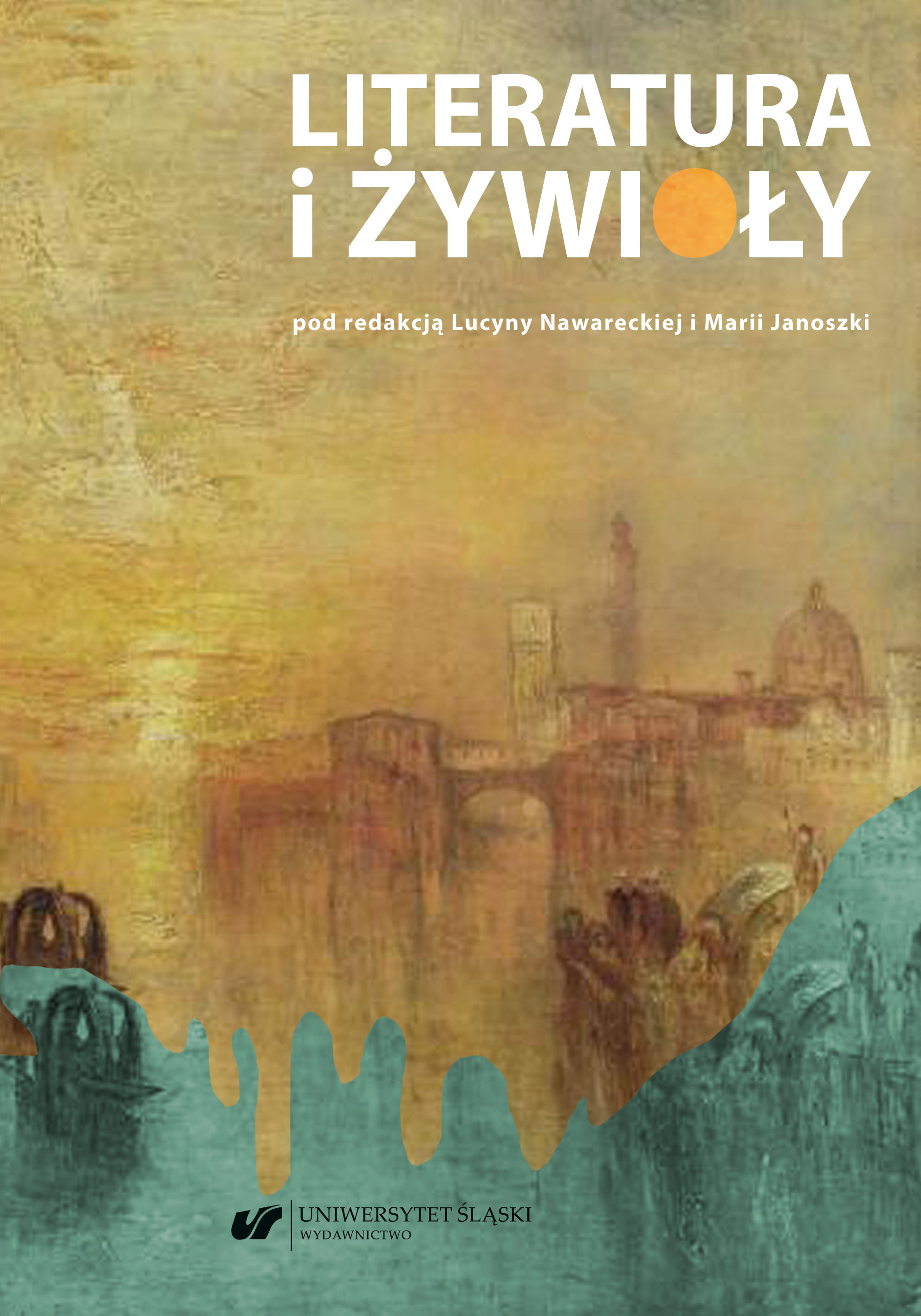Żywioły poezji polskiej w latach 1930–1939
Classical elements in Polish poetry between 1930 and 1939
Author(s): Teresa Wilkoń
Subject(s): Polish Literature, Philology
Published by: Wydawnictwo Uniwersytetu Śląskiego
Summary/Abstract: Poetry by the writers of Generation 1910 was poetry aware of its possibilities, its nature and the function of its devices, but also – through imagination – poetry evoking the world of cosmic, concealed, secret and unknown things. Its language opened a world of phenomena and real things, and at the same time, an inner world of metaphysical and ethical experiences. The poets of the “Generation 1910” group could access possibilities other than those open to their predecessors: on the one hand, there was frequent reference to classical poetics and style, and on the other, to the poetic experiences of the Kraków avant-garde and the futurists (in the style of Adam Ważyk, Anatol Stern and Bruno Jasieński).
When it comes to language, substantial changes were implemented among this group. Here, we can mention strong oppositions: the language of lyrics – the language of prose, the language of classicist poetry – the language of avant-garde poetry; echoes of the styles and artistic trends of the late 19th and early 20th centuries, such as: symbolism, expressionism, impressionism (Stanisław Wyspiański, Bolesław Leśmian) were also present. The ambiguity of certain words and phrases (and even whole sentences) in different contexts allowed a text to be interpreted in multiple ways and opened a way for a variety of meanings, often unclear and enigmatic to the poets themselves. Classical elements played a significant role among those components of semantics.
Book: Literatura i żywioły
- Page Range: 320-330
- Page Count: 11
- Publication Year: 2021
- Language: Polish
- Content File-PDF

